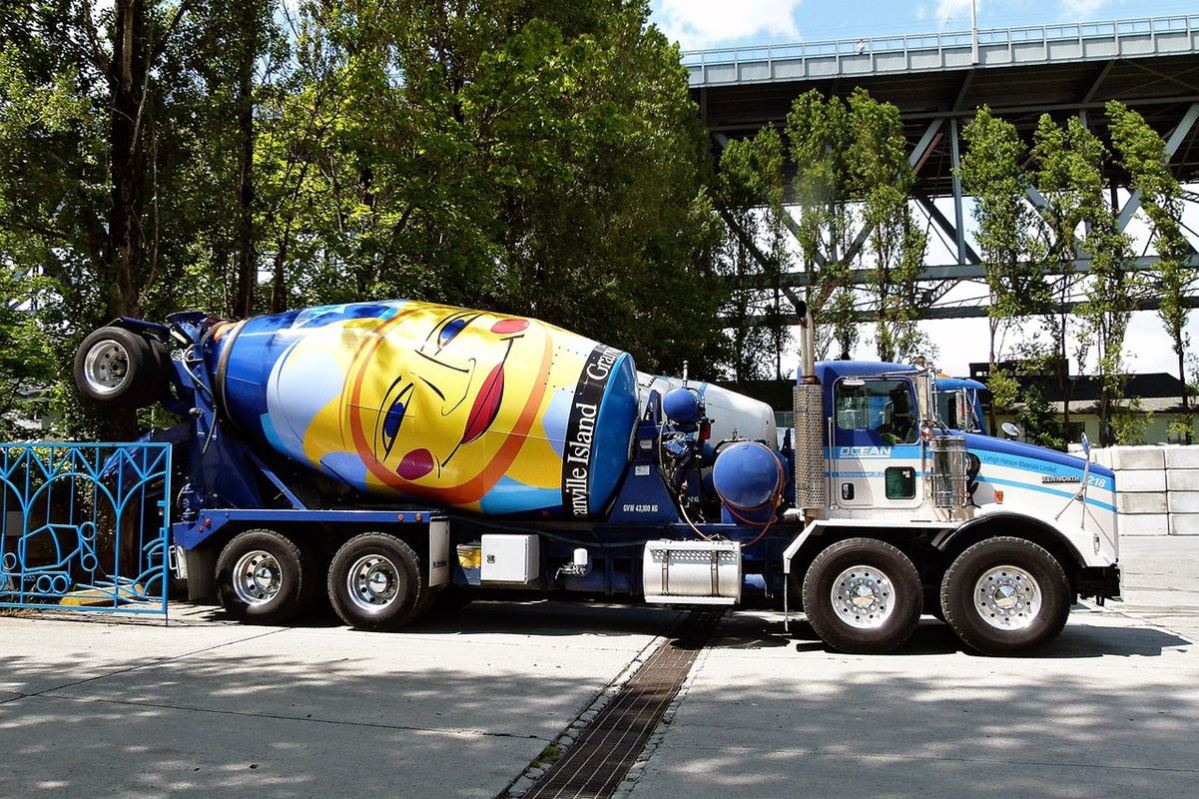Four billion people, more than half of the world’s population, experience water scarcity at least once a year and 1.42 billion people live in areas of high water vulnerability. The water cycle is being disrupted by climate change and unsustainable and polluting consumption habits threaten the false sense of security that prevails, particularly in the industrialized world.
Therefore, effective and sustainable water management and sustainable construction must be among everyone’s top priorities as we prepare to face the long-term effects of climate change.
According to the United Nations, global warming is likely to reach 1.5°C between 2030 and 2052 if it continues to increase at current rates. We need to work towards net zero and we need to avoid reaching 3°C, which would be catastrophic.
Water stress in Europe
The European Commission says that at least 11% of Europeans and 17% of EU territory are affected by the lack of water, which is a common and alarming phenomenon. Droughts have become more frequent and severe in Europe since 1980, costing around €100 billion in the last 30 years.
More recently, Italy has suffered its worst drought in 70 years, amid high temperatures and a severe lack of rain. Although Italy is the country with the most water in Europe, the country has a lack of infrastructure that has never been renewed and dates back to the post-war period.
The situation is putting many industries at risk, especially the agricultural sector, which bears the costs. According to Italy’s national farmers’ confederation Coldiretti, water shortages have already caused damage worth €3 billion. This extreme situation is undoubtedly linked to global warming.
According to the European Environment Agency (EEA), in southern and southwestern Europe, river flows during summer can decrease by up to 40% under a 3°C temperature rise scenario, the patterns are particularly worrying.
To reduce the effects of water stress on people and the environment, Europe generally needs to improve the resilience of its ecosystems and use water smarter. The EEA assessment establishes that both concerns have laws and regulations in place at European level, but that there is a need to improve their enforcement and efficiency.
Most importantly, we have a responsibility to recognize that what we are doing today must meet our present needs without compromising those of future generations.
The construction industry at the heart of the climate change debate
The effects of climate change are strongly felt by people, society and companies. It is becoming increasingly clear that a transition to a low carbon economy is needed and that construction is crucial to this shift.
About 40% of global GHG emissions are attributed to greenhouse gas (GHG) emissions from the construction industry. The materials used, as well as the heating, cooling and lighting of buildings and infrastructure, are the main sources of these emissions.
However, there are very few incentives for the construction sector to deal with climate change. In construction, public and private owners must do more to encourage contractors to invest in innovative and environmentally friendly solutions.
Construction companies should be rewarded with strong tax incentives to be green, and at the tender level there should also be a green incentive.
Management of water consumption at construction sites
One of the fundamental components in construction is water, necessary for the preparation of the mortar, the mixing of cement concrete and the curing of the work. In fact, the sector uses a significant amount of water in its daily activities, consuming it at each stage of a project’s life cycle.
Millions of gallons of water are wasted during construction, as many companies do not have adequate safety measures in place to limit excessive water usage. This is where green building has a big impact on water scarcity.
Several water-saving technologies are currently in use, including reusing water and implementing effective water supply systems that ensure water management and recycling.
To minimize water waste, the industry must carefully review its current methods of judiciously using water. At all stages of a construction project, including planning and design, water conservation must be prioritized to preserve the sustainability of such a vital natural resource.
To adapt to the new demands of the construction market and ensure industry transformation, sustainable construction and green innovation are essential.
Builders and developers are becoming increasingly aware of the many benefits associated with using state-of-the-art building techniques that are cleaner, greener and contribute to less water and waste.
Written by Angelica Krystle Donati, who is Director of Business Development at Donati SP A., a leading construction and investment company in Italy, and President of the country’s national association of builders, ANCE Giovani.
For Times of Sustainability. Article in English
